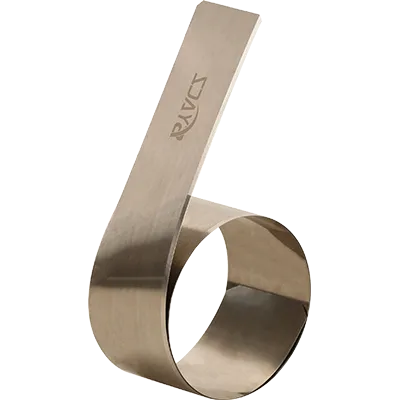
Flexo printing equipment typically operates at 50-450 meters per minute, and doctor blades are installed in reverse to accommodate the ceramic anilox rollers commonly used in this process. These rollers have a high hardness, requiring doctor blades with excellent wear resistance. The CZ-30 carbon steel doctor blades are designed for abrasion resistance, utilizing 20C2 high-quality carbon steel with a hardness rating of 630-650HV. Suitable for high-speed printing, these doctor blades support printing speeds up to 350m/min, effectively reducing blade streaks while ensuring better protection for anilox rollers.
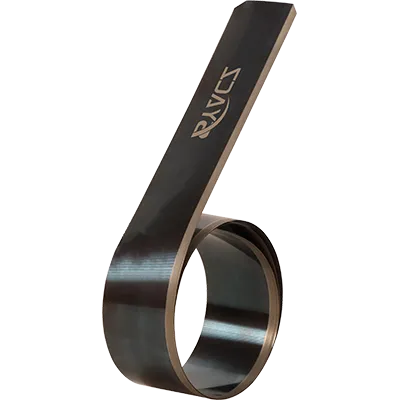
When using coarse-particle inks, the increased friction can accelerate blade wear. To minimize this, C2000 ceramic-coated doctor blades are recommended. These metal doctor blades feature a dual-layer ceramic coating, extending their lifespan beyond 100,000 meters, significantly reducing blade wear and overall operating costs.
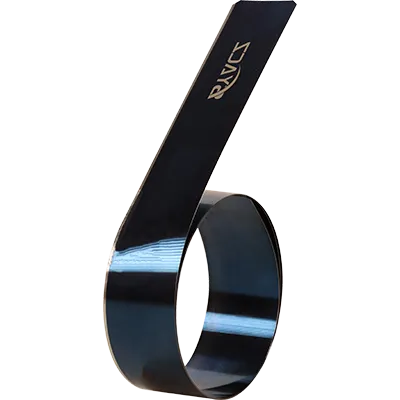
For high-viscosity inks prone to sticking to the blade, the GZ-100 coated doctor blade or GZ-200 coated doctor blade provides enhanced anti-adhesion properties, helping to prevent ink buildup and reduce blade defects.
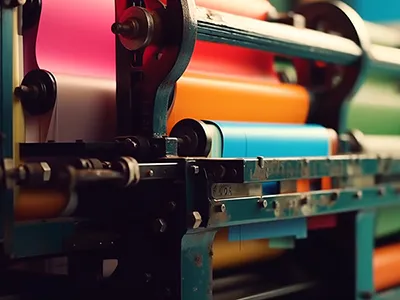
Gravure printing is a widely used printing method that relies on precise ink metering to achieve high-quality results.
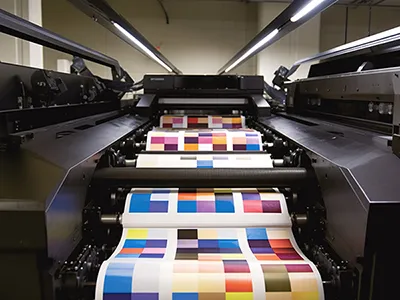
Flexographic printing is a modern relief printing technique that relies on doctor blades to control the ink thickness...
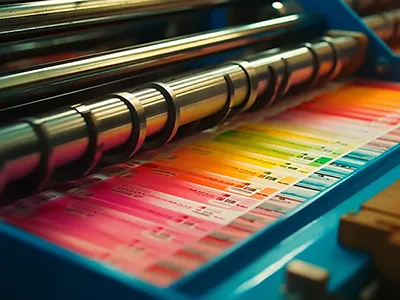
Doctor blades are also widely used in the electronics industry, particularly in solder paste printing for LED displays...